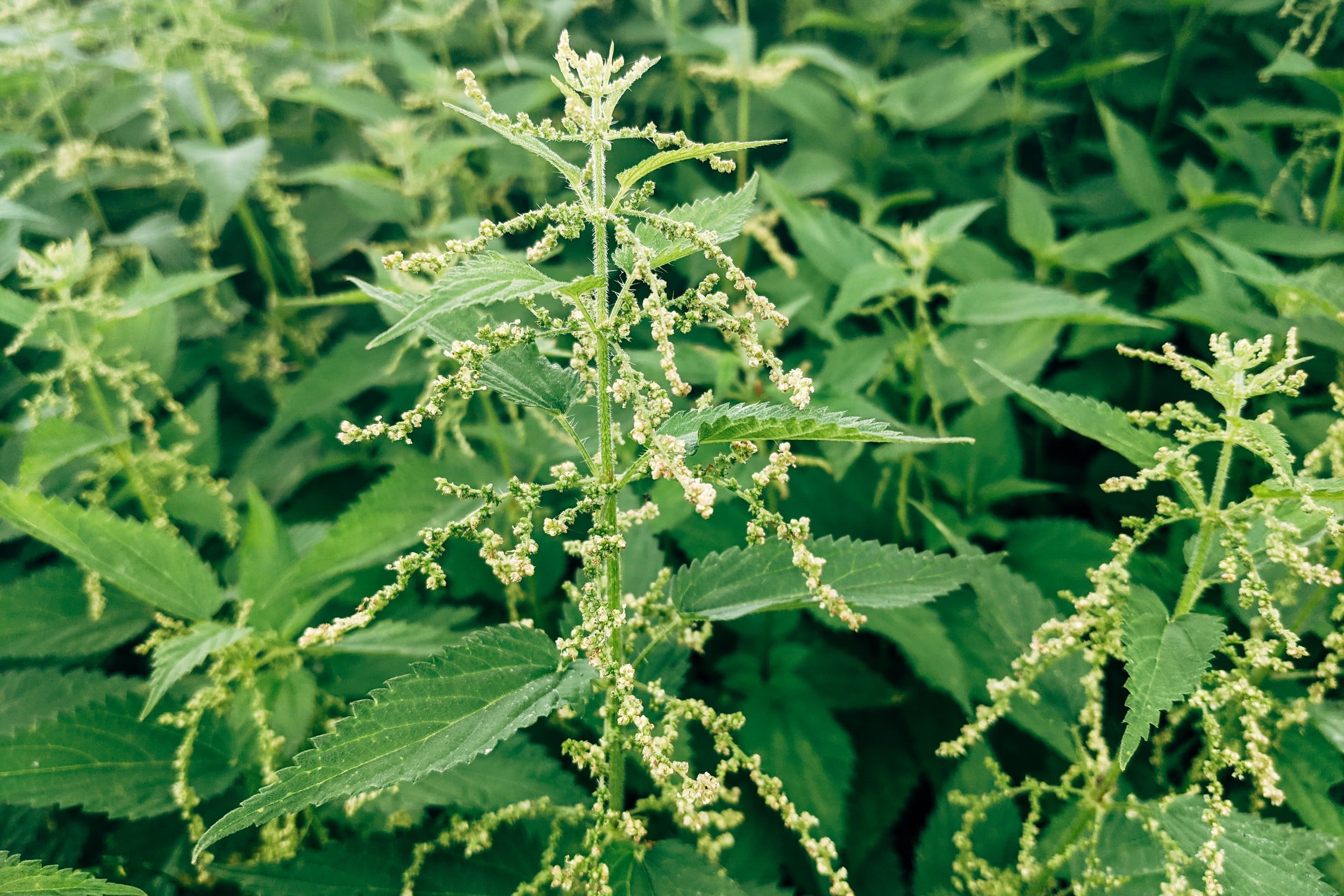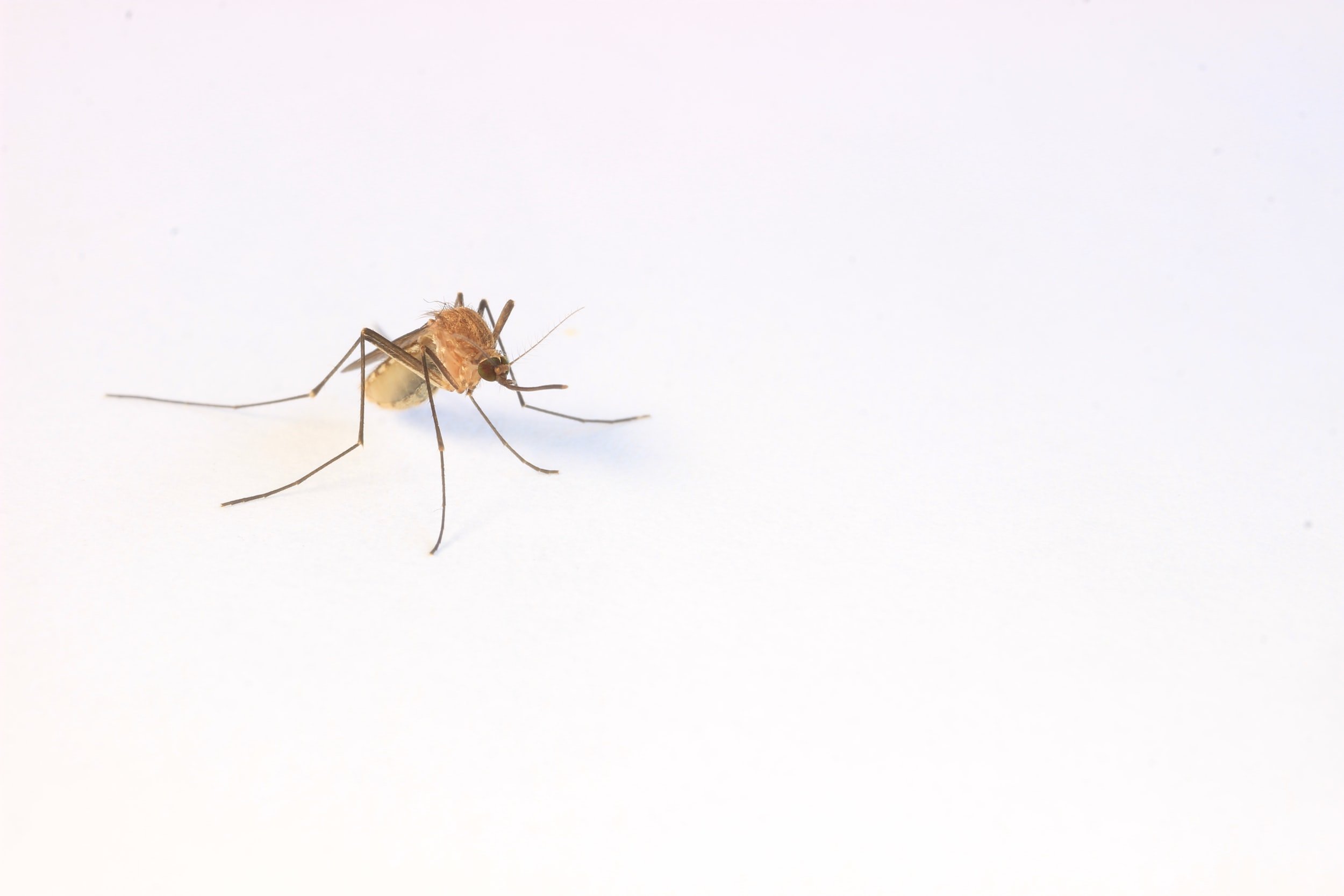WILD CHILD: What bites, stings or itches?
What do I need to be aware of? What plants or creatures could bite, sting, or hurt my child when we are outside?
We hear these questions often. Great news! In London the number of worrying natural plants and native creatures is very low, and they are fairly easy to avoid or protect yourself from.
If you just want to know how to stay safe check out these simple habits you can use to stay safe while having fun in the forest, to learn more about which plants and animals to avoid read on..
Things that sting but aren’t dangerous if you aren’t allergic to them:
This category includes wasps, bees, and stinging nettle. If one of these stings you or you touch stinging nettle you will feel uncomfortable for a while, but you should recover quickly without doing anything.
What can I do if I’m stung
Cold water and ice packs can help with the discomfort, for most people time and distraction are all that is needed.
Useful things to know:
Bees aren’t usually aggressive unless you are threatening them.
Stinging nettle doesn’t go through clothing, so long pants and socks are enough to keep you safe.
Yellow jackets and other wasps can get aggressive if you are near their nest and in the fall/autumn at the end of their life cycles.
Plants that make you itchy or can give you a rash that may need treatment?
This include plants like poison ivy, poison oak (rare in our area), and giant hog weed.
How does it hurt me?
All these plants cause reactions by getting their oils or sap onto your skin, and letting the oils absorb.
What do I do if I touch these plants?
Wearing long pants, socks, closed toe shoes and long sleeves is a great way to protect yourself from accidentally touching any of them. If you touch them wash the area with soap and water. For Giant hog weed protect the area from the sun and seek medical attention. For poison ivy and poison oak you only need medical help if a rash (similar to bug bites that get worse instead of better) appears. This rash can take a few hours to days to appear.
Creatures that bite and carry illnesses
This category includes ticks and mosquitos. Mosquitos in our area can carry West Nile Virus. Ticks can carry Lyme Disease, Rocky Mountain Spotted Fever, and other diseases that are less common in our area.
Bug spray and other deterrents
The best protection is avoiding them. Long pants, socks, closed toed shoes, long sleeves are a great prevention for ticks and mosquito bites. Insect repellent that contains deet, icaridin/picaridin or permitherin treated clothing are typically the only chemical deterrents recommended to deter these creatures.
Habits to keep you safe
Check yourself for bites and ticks after spending time outside. If you find a tick remove it and identify it to see if can carry diseases. If the tick was engorged (really fat) or you develop illness symptoms contact your health care provider. Typically a tick needs to be attached for about 24 hours before it transmits Lyme Disease, so daily checks are a great way of staying safe. If you develop an unusual rash or unexplained fever after spending time outdoors it is always a good idea to contact your health care provider.
Do I need to worry?
No. People in warmer climates have lived alongside plants and creatures like these for a long time. Now that our whether is changing our habits need to change too.
Just like habits to cross a street safely (look both ways, cross at a crosswalk or intersection, etc) staying safe outside comes with habits (wear long clothing and check for bites and ticks daily). Outside is still a fun and safe place to be with your children.
Written by Tandy Morton, Wild Child Outdoor Playgroup facilitator








